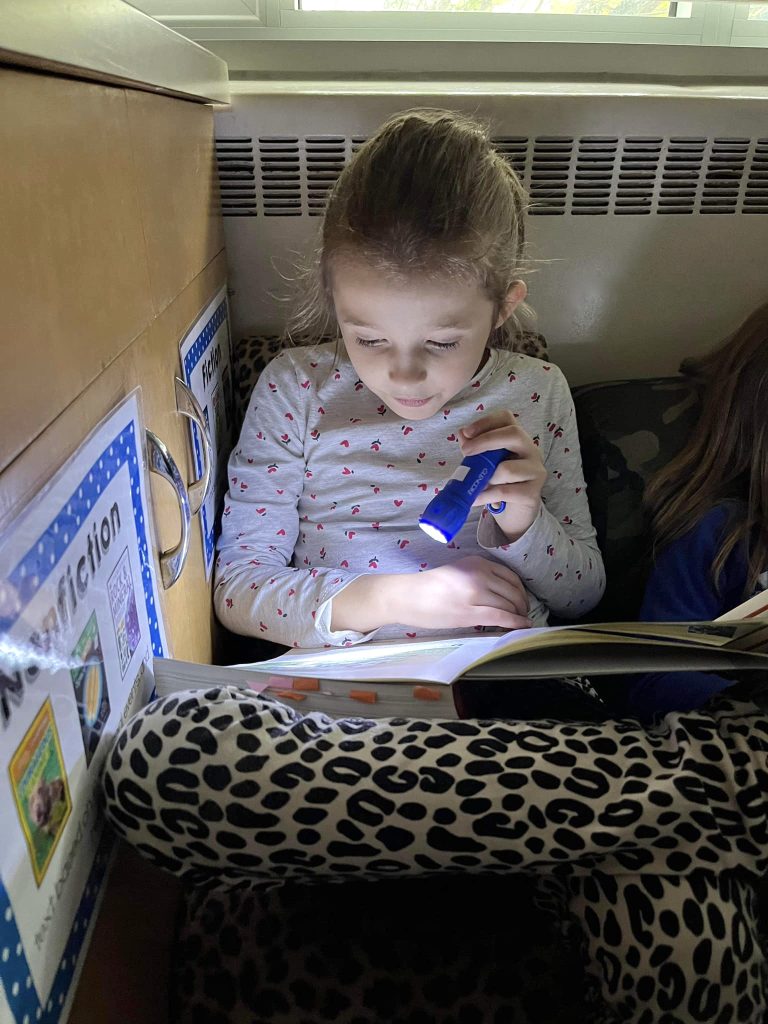What’s happening in Rainbow Schools?
Rainbow Schools challenged to use less electricity

Rainbow Schools are being challenged to take an important step in the fight against climate change by using less electricity throughout February.
An energy footprint measures the amount of energy consumed to produce the goods or services we use. Knowing and understanding our consumption can help inspire sustainable actions and determine if those actions are making a difference.
To prepare, schools were given three years of data on electricity consumption – which will be used to calculate and measure their average use. Prizes will be awarded to the elementary and secondary school with the greatest overall energy savings.
“The goal of this challenge is to encourage sustainable practices,” says Rainbow District School Board Director of Education Bruce Bourget. “We want students to be aware of the electricity they consume, and to find ways to reduce consumption inside and outside of the classroom.”
Schools can reduce their energy use by turning down the heat and wearing sweaters, turning off the lights during class time, unplugging electronics when not in use, and using a timer to charge electronic devices such as Chromebooks, iPads and laptops.
From an Indigenous perspective, organic matter from trees – the largest plants in the world – were the main source of energy for our ancestors. Trees were burned for heat, used to feed animals, and were also cleared to make room to grow gardens and crops.
To speed up production, over time, trees were replaced with non-renewable energy sources including nuclear, coal and petroleum.
In the name of progress, the importance of being grateful for the gifts provided by Mother Earth – Shkagamikwe – has been forgotten.
Nature has sustained our existence, and, as noted in Robin Wall Kimmerer’s book “Braiding Sweetgrass: Indigenous Wisdom, Scientific Knowledge, and the Teachings of Plants”, it’s time to push beyond gratitude and encourage cultural reciprocity – to receive a gift, to be grateful, and then to give back – to help us appreciate the interconnectedness of life.
To inspire positive thoughts and actions, and to help guide student learning, classes are encouraged to hear from an Indigenous Knowledge Keeper. Schools were given various resources, including a story from Isaac Murdoch about restoring balance with the land, and how the teachings of the Medicine Wheel’s four directions guide Indigenous traditions and practices.
Last month, Rainbow Schools went paperless for a day.
What will next month’s challenge be?
-30-
Media Contact:
Nicole Charette, Senior Advisor
Corporate Communications and Strategic Planning
Rainbow District School Board, 705-674-3171 ext. 7217

 Translate
Translate